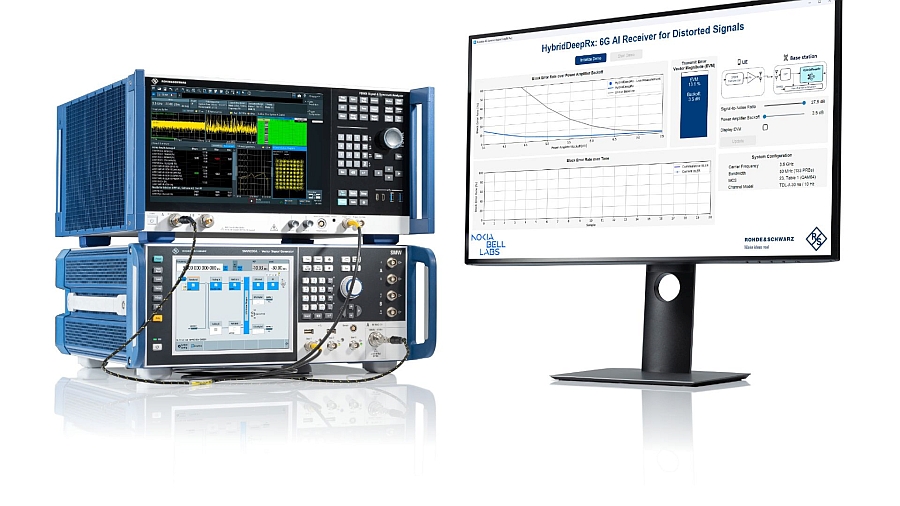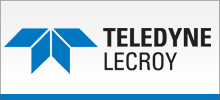- Nokia and Rohde & Schwarz have created and successfully tested a 6G radio receiver that uses AI technologies to overcome one of the major anticipated challenges of 6G network deployment: the coverage limitations inherent in 6G’s higher frequency spectrum.
An AI-based receiver, using machine learning technology, can increase future 6G coverage. This solution identifies and compensates for distortions in wireless communication signals, significantly improving uplink 6G coverage.
Nokia Bell Labs developed such a receiver and validated it using 6G testing equipment and methodologies provided by Rohde & Schwarz. The two companies will showcase this technology at the Brooklyn 6G Summit, taking place from November 5-7, 2025.
The receiver’s machine learning capabilities significantly increase uplink range, thus improving coverage for future 6G networks. Nokia Bell Labs and Rohde & Schwarz have tested this new AI receiver in real-world conditions, achieving uplink range gains of 10% to 25% compared to current receiver technologies. The testbed includes an R&S SMW200A vector signal generator, used for uplink signal generation and channel emulation. On the receiver side, Rohde & Schwarz’s new FSWX signal and spectrum analyzer is used to perform AI inference for Nokia’s AI receiver. In addition to improved coverage, this AI technology also demonstrates increased throughput and energy efficiency.
“One of the main challenges of future 6G networks lies in the coverage limitations inherent in the higher frequency spectrum of this technology. To overcome this problem, denser networks with more base stations should be built. By improving the coverage of 6G receivers, the use of artificial intelligence will allow operators to deploy 6G on their existing 5G networks, reducing deployment costs,” explains Peter Vetter, President of Bell Labs Core Research at Nokia.






